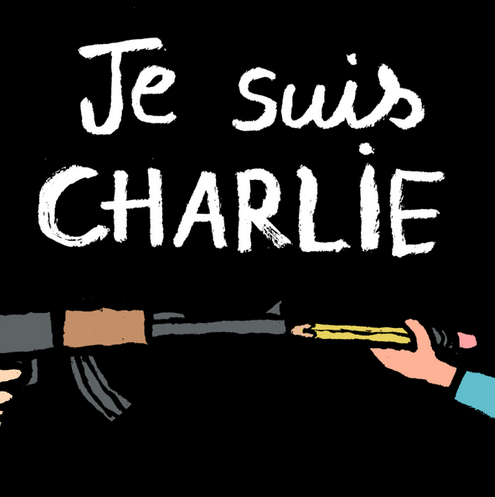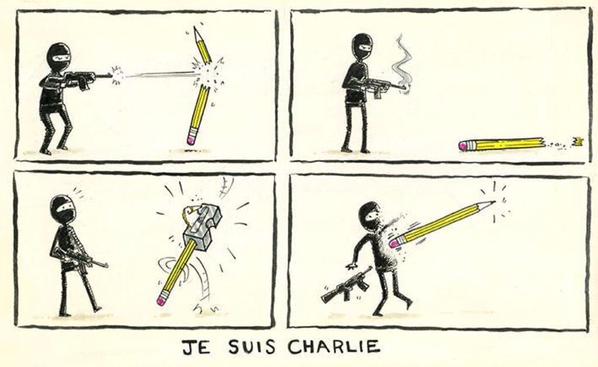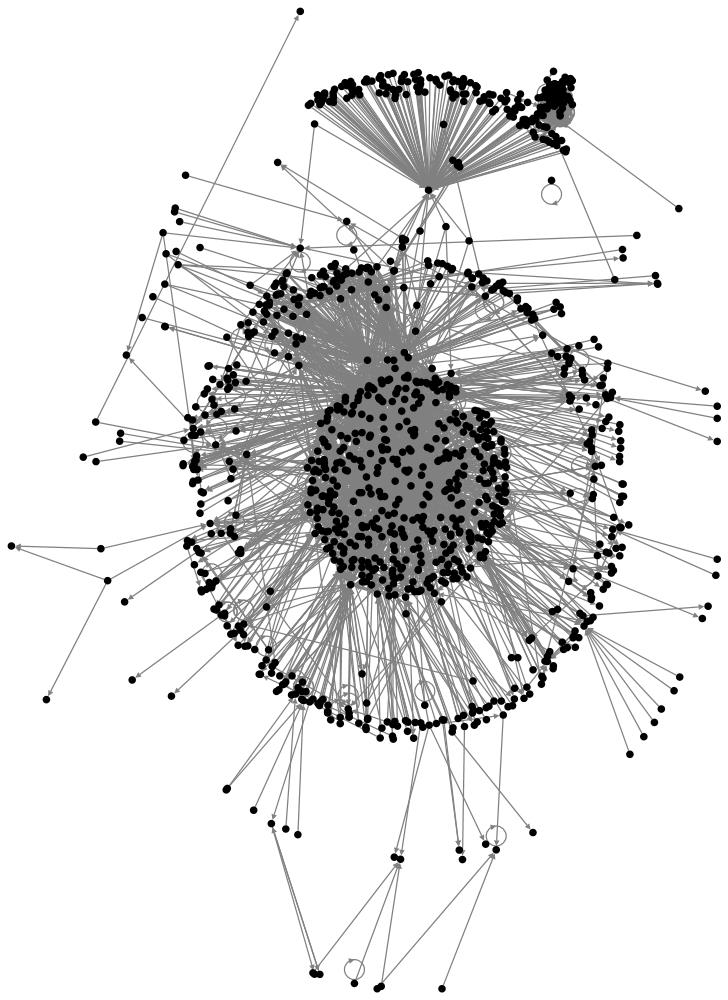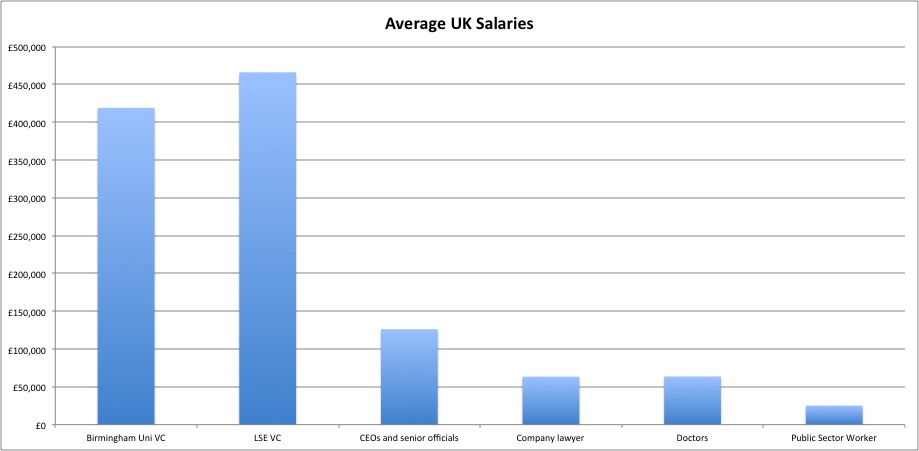As of July 2020, TikTok has about 80-100 million users in the US as reports do vary on this. TikTok users are also ‘growing up’ according to Adweek as older American users have started using the platform. According to AdWeek, the percentage of U.S.-based TikTok users age 18-24 fell from 41.1% in January to 35.3% in April. During that same time, the 25- to 34-year-old users rose from 22.4% to 27.4%, and users 35-44 grew from 13.9% to 17.1%. TikTok users have been vocal about their views about it being banned. Social media opinion (on Twitter and TikTok) are probably the best proxies we have for quickly assessing what everyday users as well as influencers think about the ban. First of all, it is clear that a of vocal number of TikTok users think the ban is partially (or even fully) in retaliation for how some influencers have been making fun of President Trump on the platform. Many tweets single out the viral TikTok influencer Sarah Cooper who has become famous worldwide for lip-synced parodies of President Trump as the reason for the ban. There has been a backlash on Twitter whereby users are saying because Trump thinks Sarah Cooper is ‘mean’, he is banning TikTok to stop ‘mean girls’.
Many TikTok users have been deeply frustrated by the ban as the platform has become extremely important to their everyday self-expression. There are many post by users documenting how they never thought the videos would be watched by anyone, but they actually became extremely popular content creators. Others have made clear TikTok has been critical to their political activism, such as BlackLivesMatter; in my own work, I have been studying TikTok posts posted live from BlackLivesMatter protests. Ultimately, we need to also remember that TikTok, like YouTube, enables content creators to make money from the platform. And there are many whose majority income is from TikTok. These users are perhaps the most worried as their livelihoods are literally at state. They are the ones of the live streaming and trying to migrate followers to Instagram and YouTube to protect their incomes. Everyday users are clearly upset, but as many users are from younger demographics are already used to migrating from on social media platform to the other. Instagram’s reels product could be where a migration to occurs.
Banning Tik Tok is a data privacy issue, but is, of course, a deeply political decision as well. Data privacy is an important issue and there has been increased awareness in the US of the use of our data in unintended ways after Cambridge Analytica and the Zuckerberg public hearings. Asking a Chinese company to divest from a company collecting US personal data is not unusual in the US. But, the ban on TikTok is of course more than a data privacy argument. It is clearly political and part of the technology wars between the US and China that are bundled with the new Cold War between the countries. There is a geopolitical line between embassy closures and TikTok being banned. TikTok could be allowed to quietly divest from ByteDance TikTok’s parent company to a US company but this ban has clearly not been quiet. Indeed, Microsoft’s interest in TikTok could have been approved by President Trump early on if data privacy was the central issue at play here. However, US media is widely reporting that talks between Microsoft and ByteDance, TikTok’s parent company have been stalled as President Trump has said he won’t allow the acquisition.




